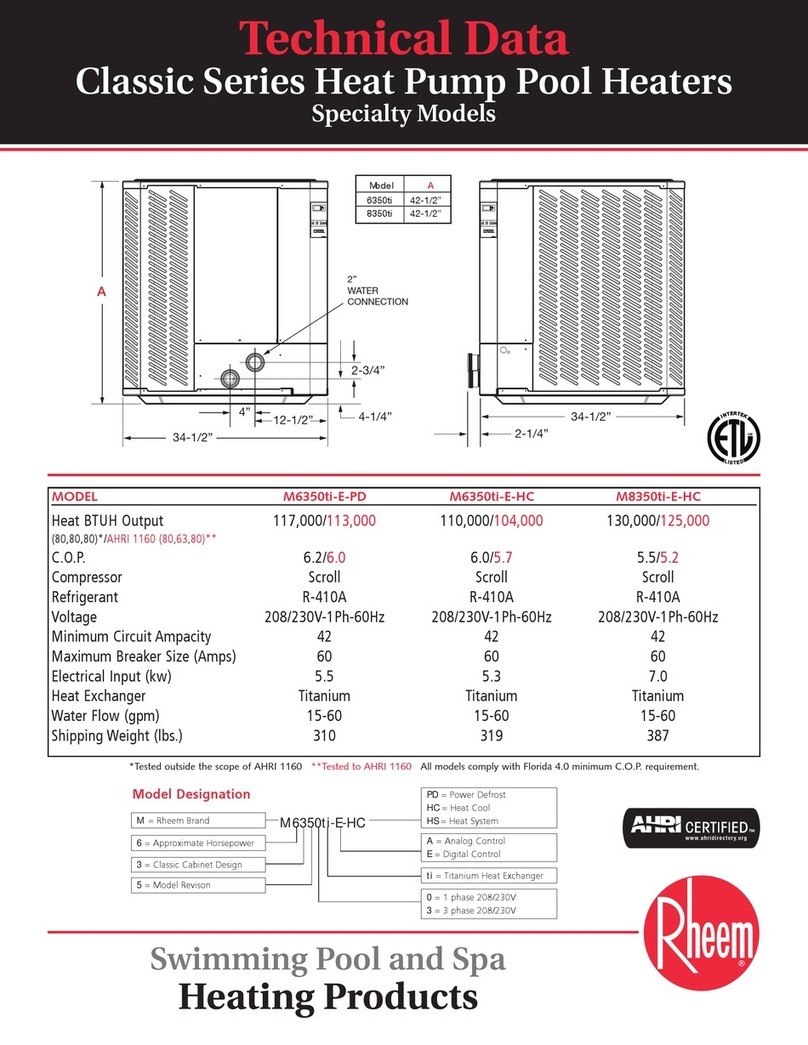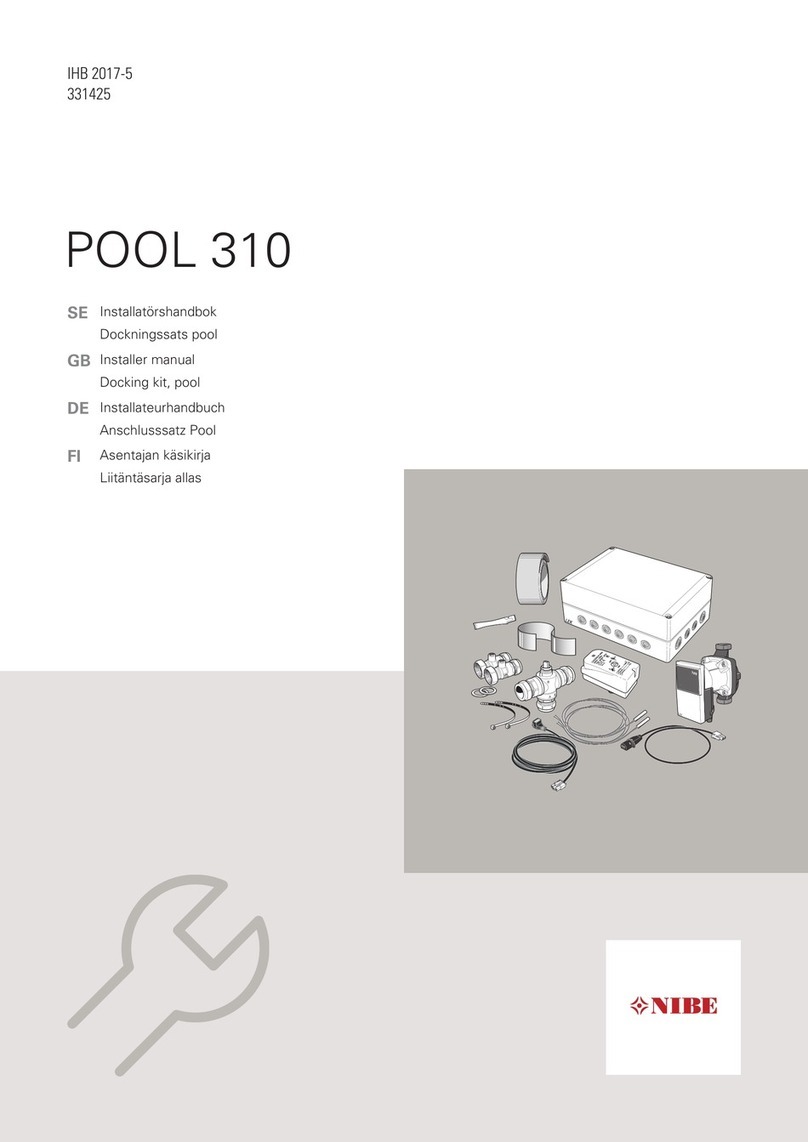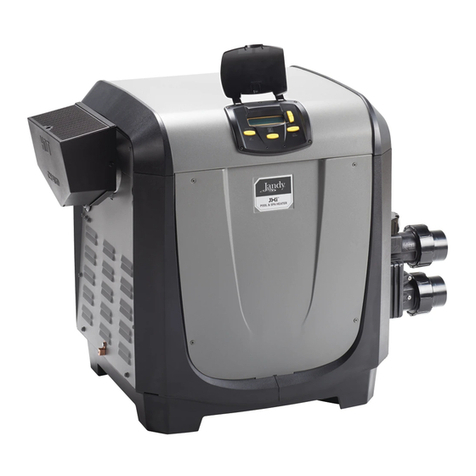Brilix XHP 200 User manual
Popular Swimming Pool Heater manuals by other brands
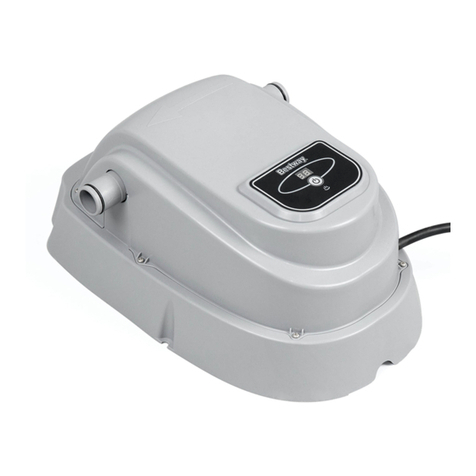
Bestway
Bestway 58259 owner's manual
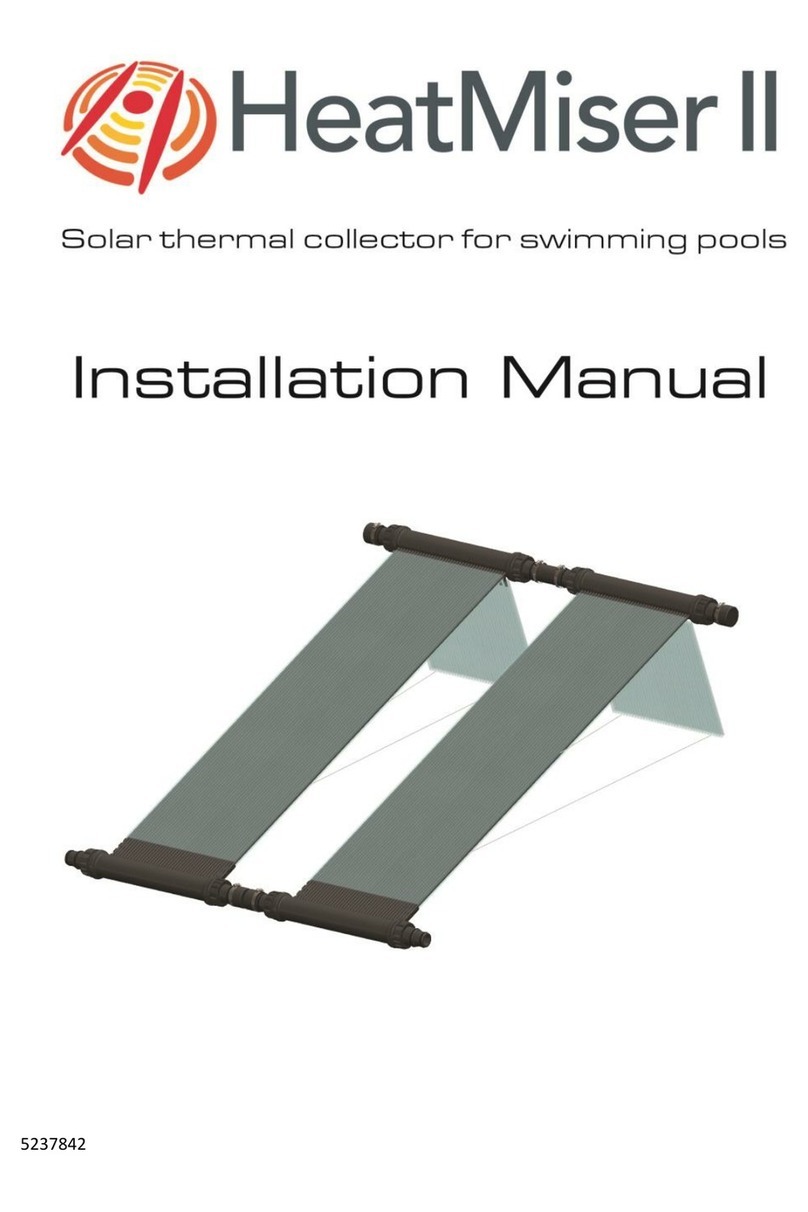
Maytronics
Maytronics HeatMiser II installation manual

Certikin
Certikin MB50S Operating, installation and servicing instructions

Jandy
Jandy PRO Series JXI200 Quick reference guide
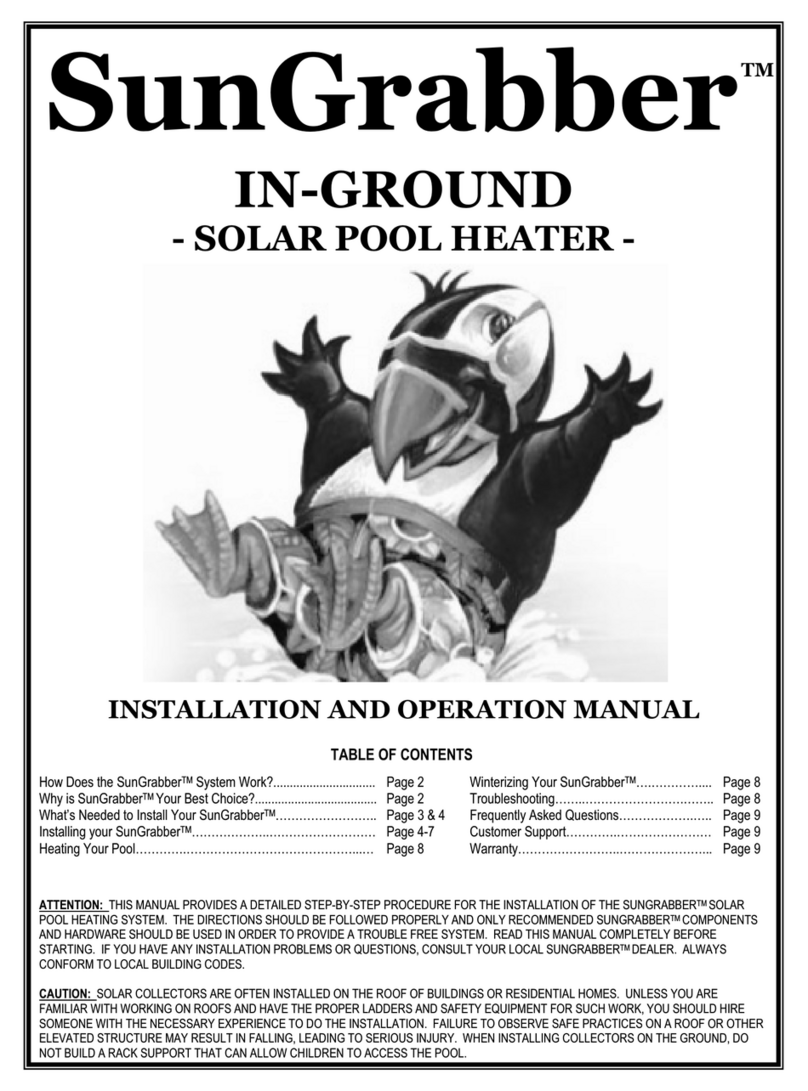
Sungrabber
Sungrabber IN-GROUND Installation and operation manual
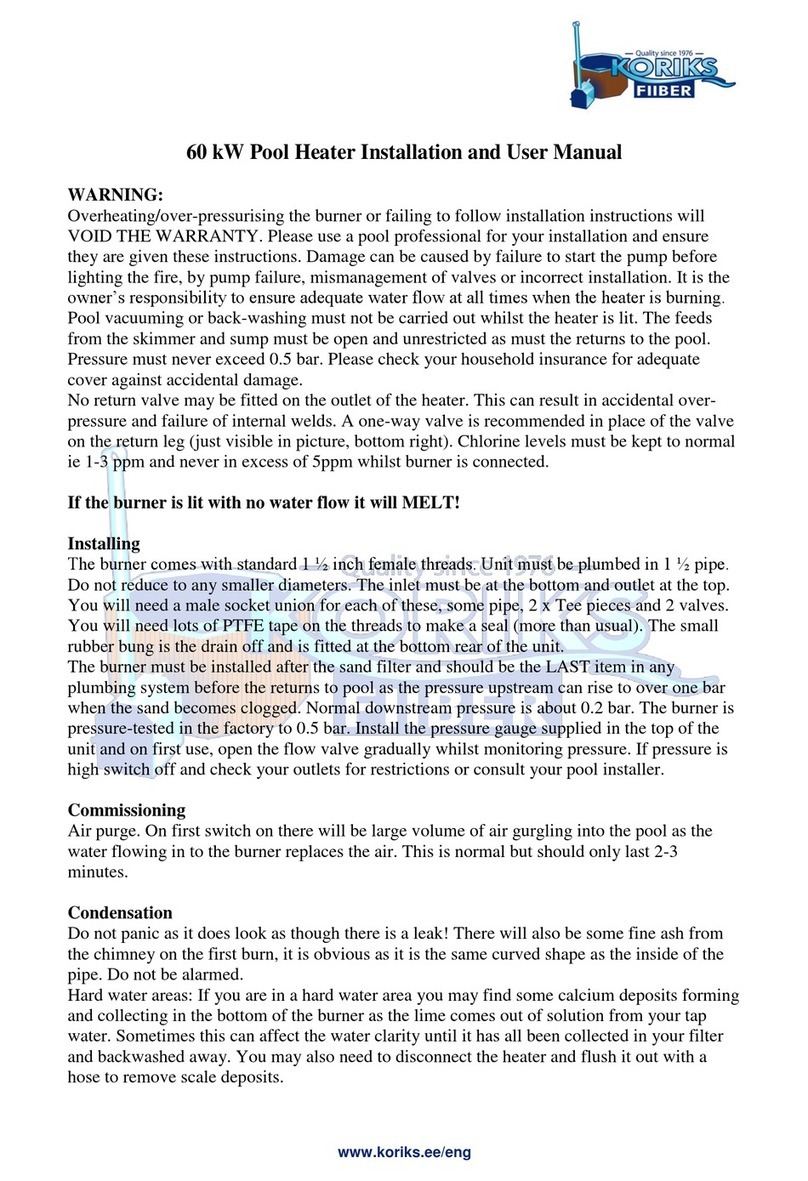
Koriks
Koriks 60 kW pool heater Installation and user manual

T.I.P.
T.I.P. SPH 10000 Translation of original operating instructions

SIRAIR
SIRAIR ZSXP07i User and service manual

EcoOnline
EcoOnline PoolMasterpro Installation and user manual
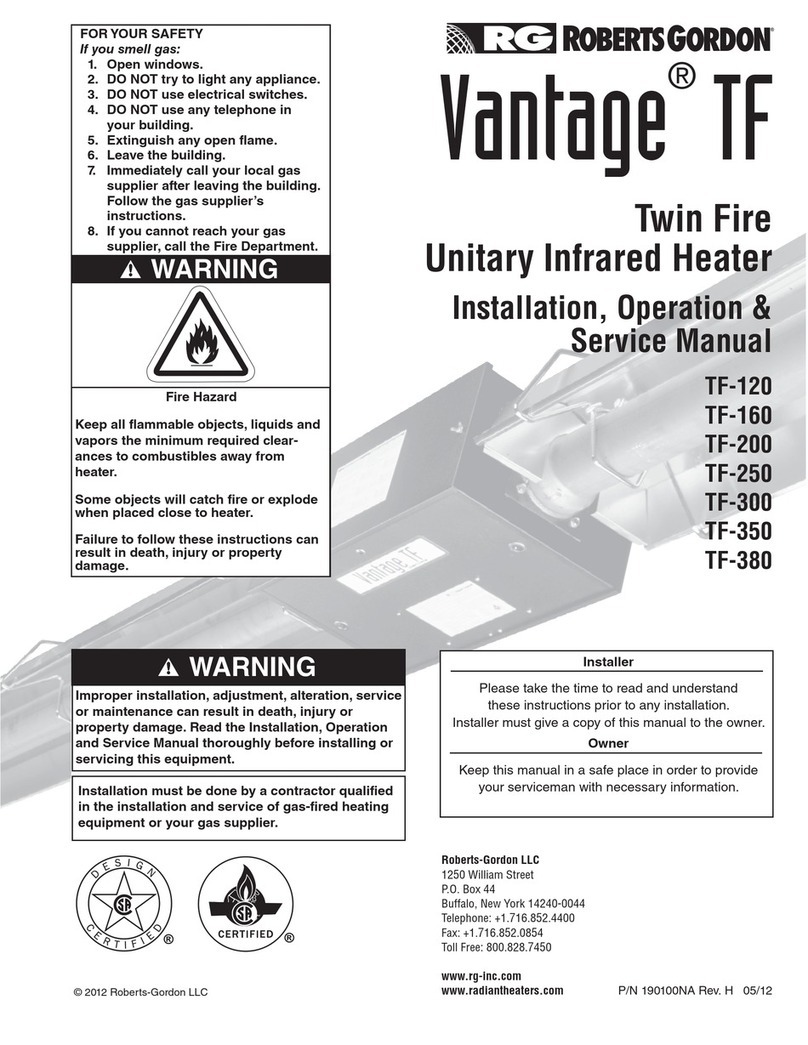
Roberts Gorden
Roberts Gorden Vantage TF-120 Service manual

HydroTherm
HydroTherm 42 installation instructions
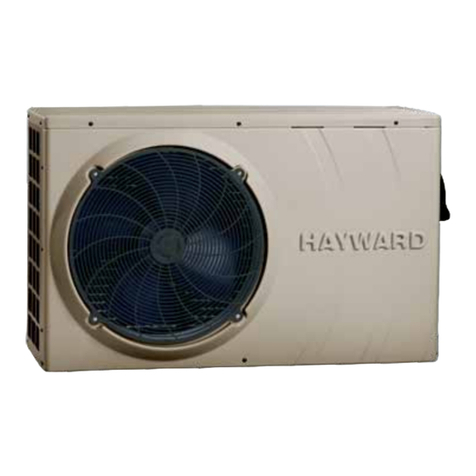
Hayward Pool Products
Hayward Pool Products HP40A Installation instructions manual
